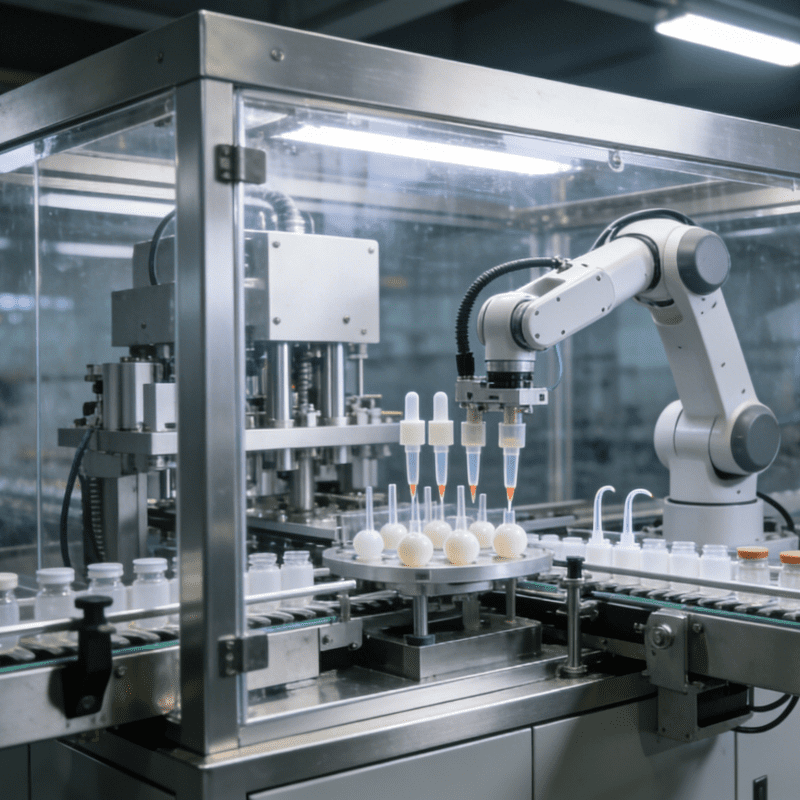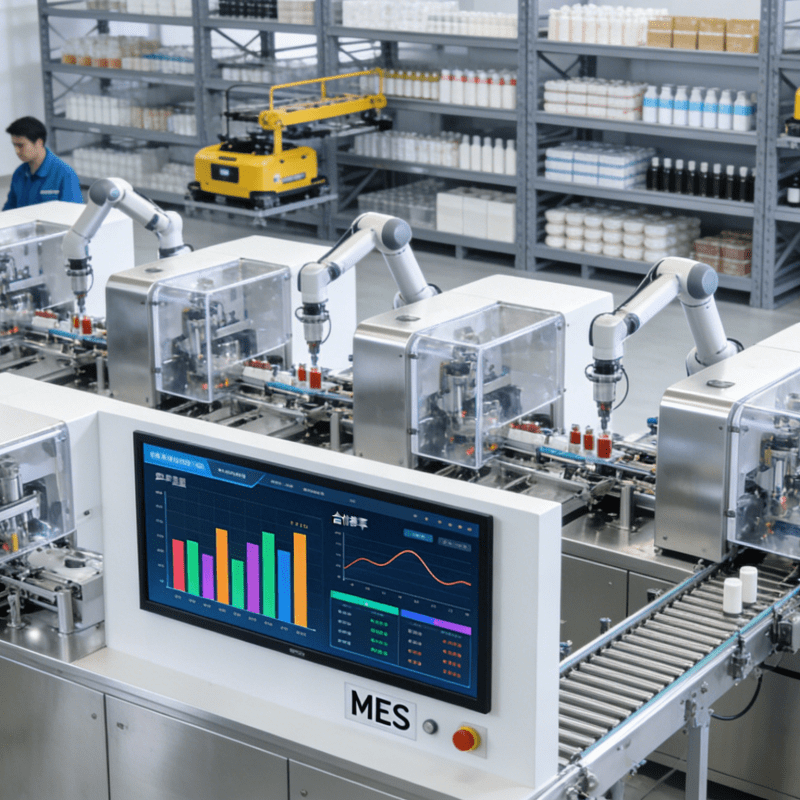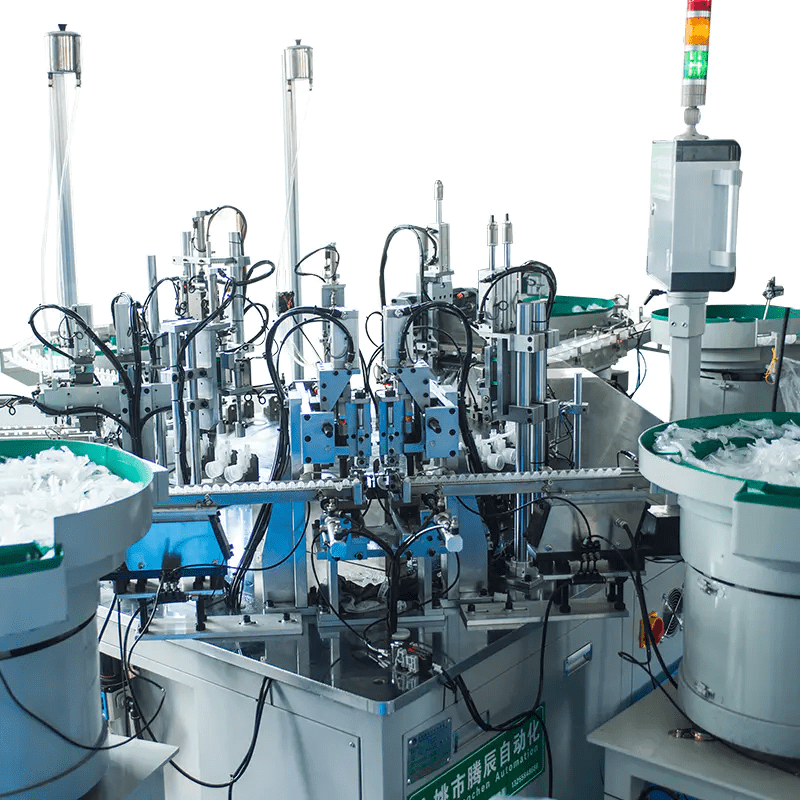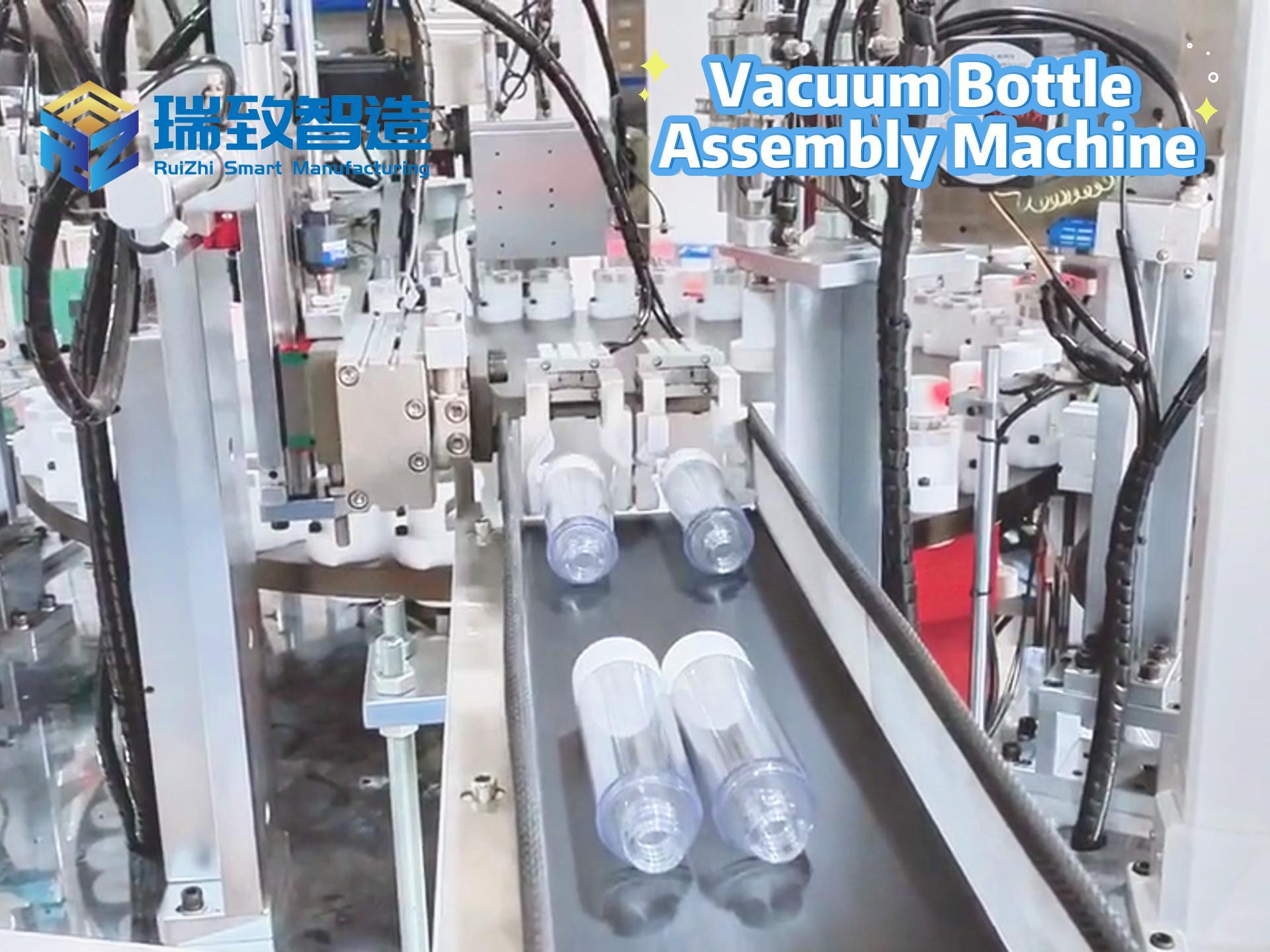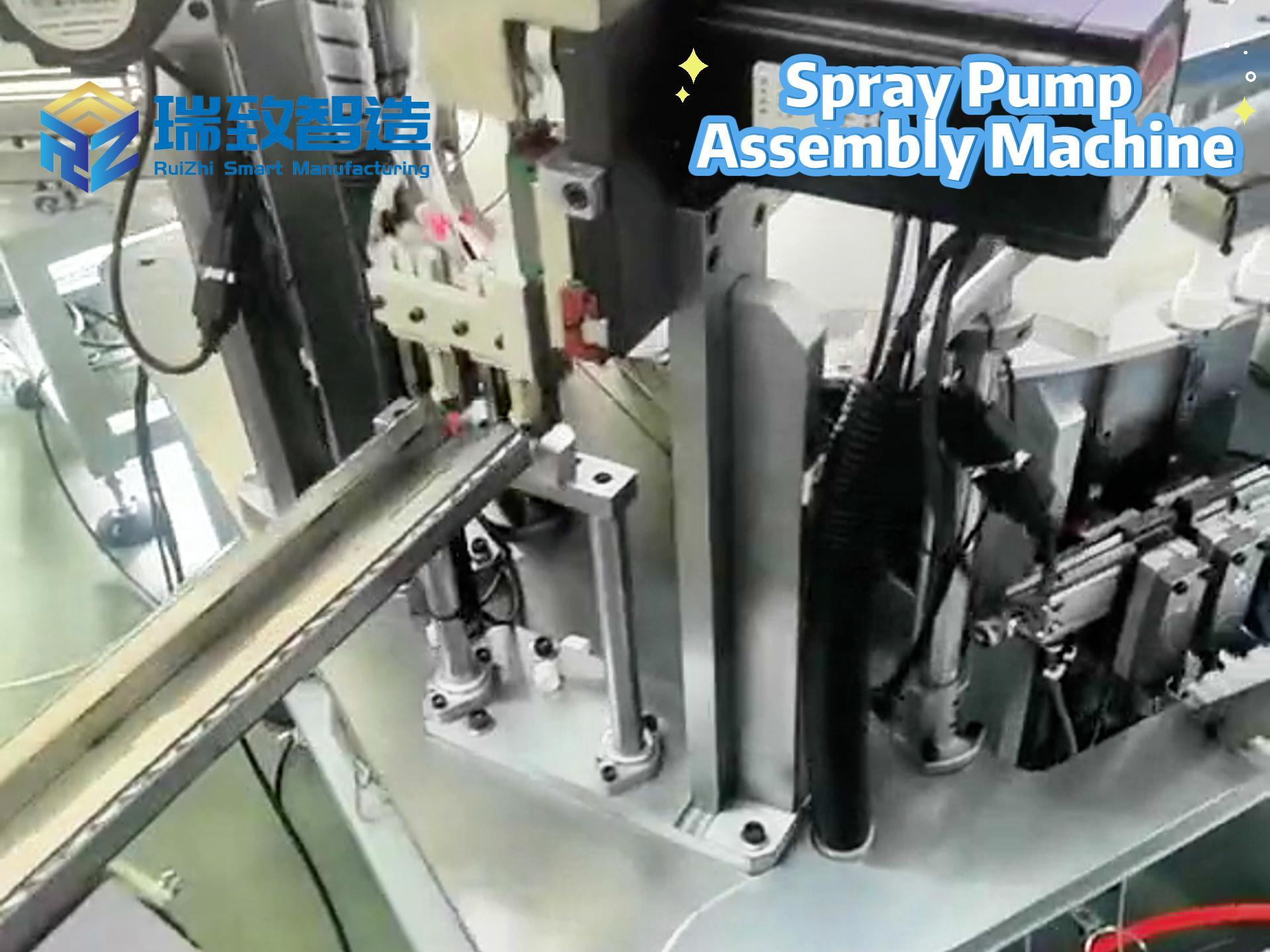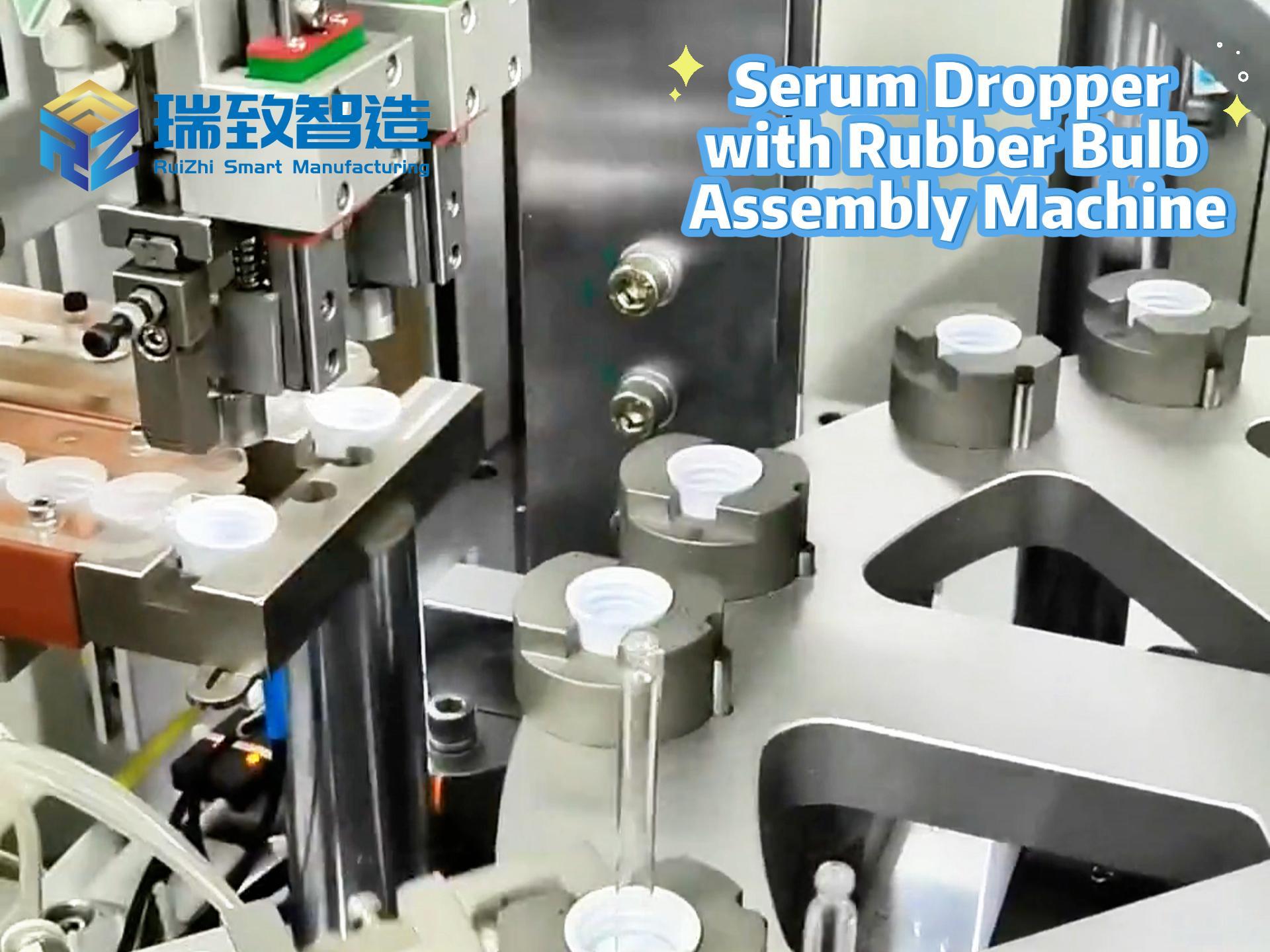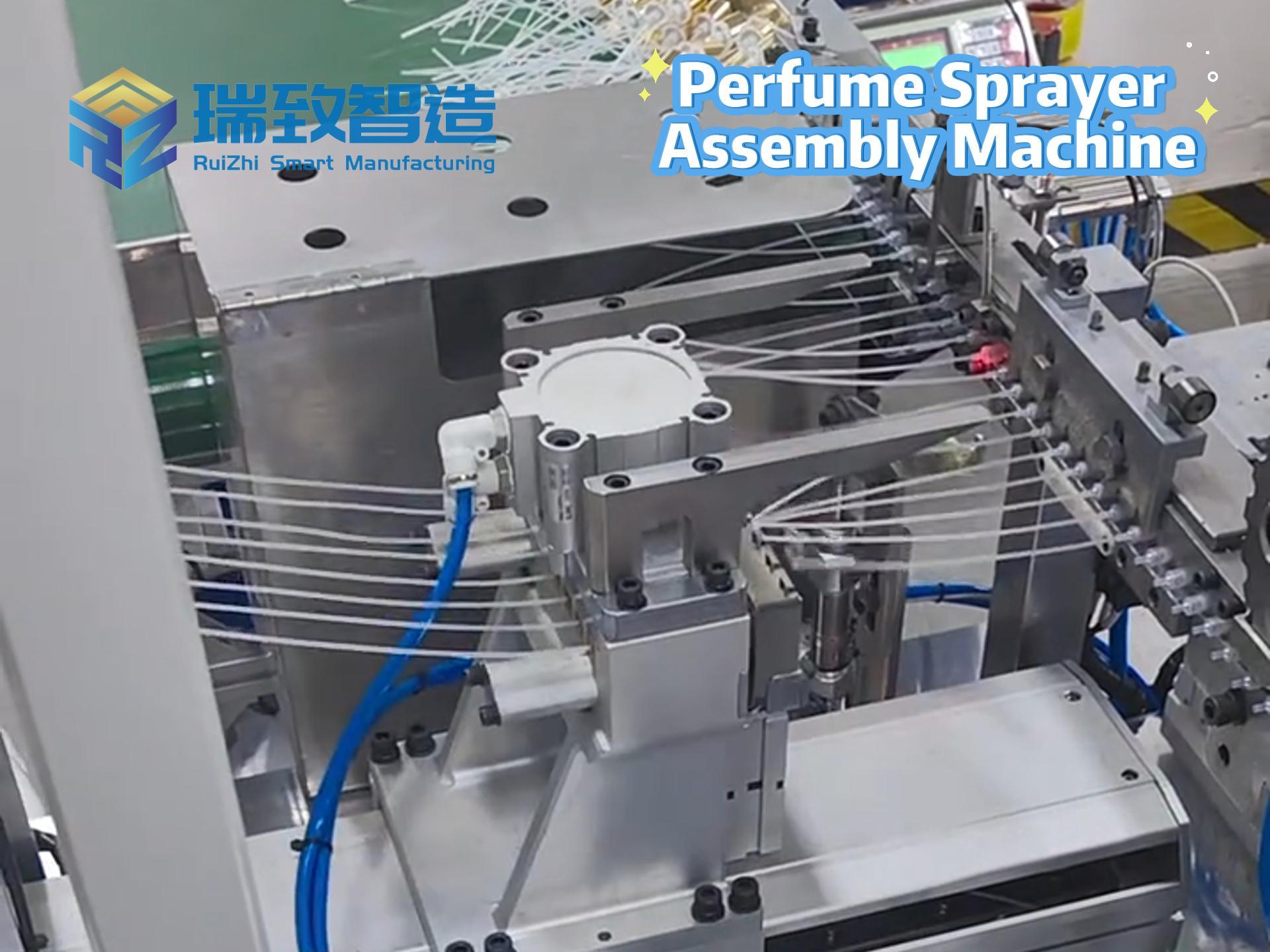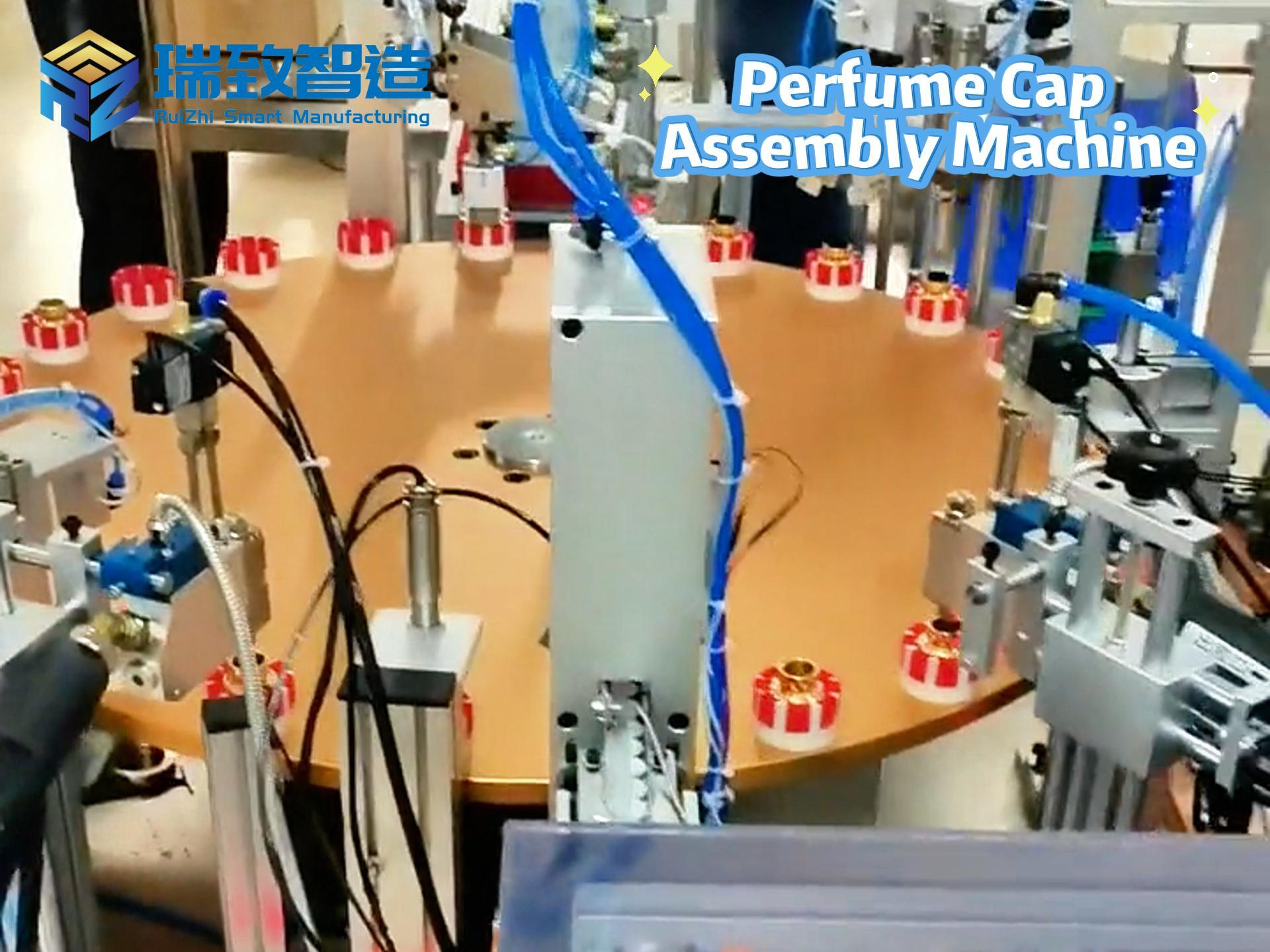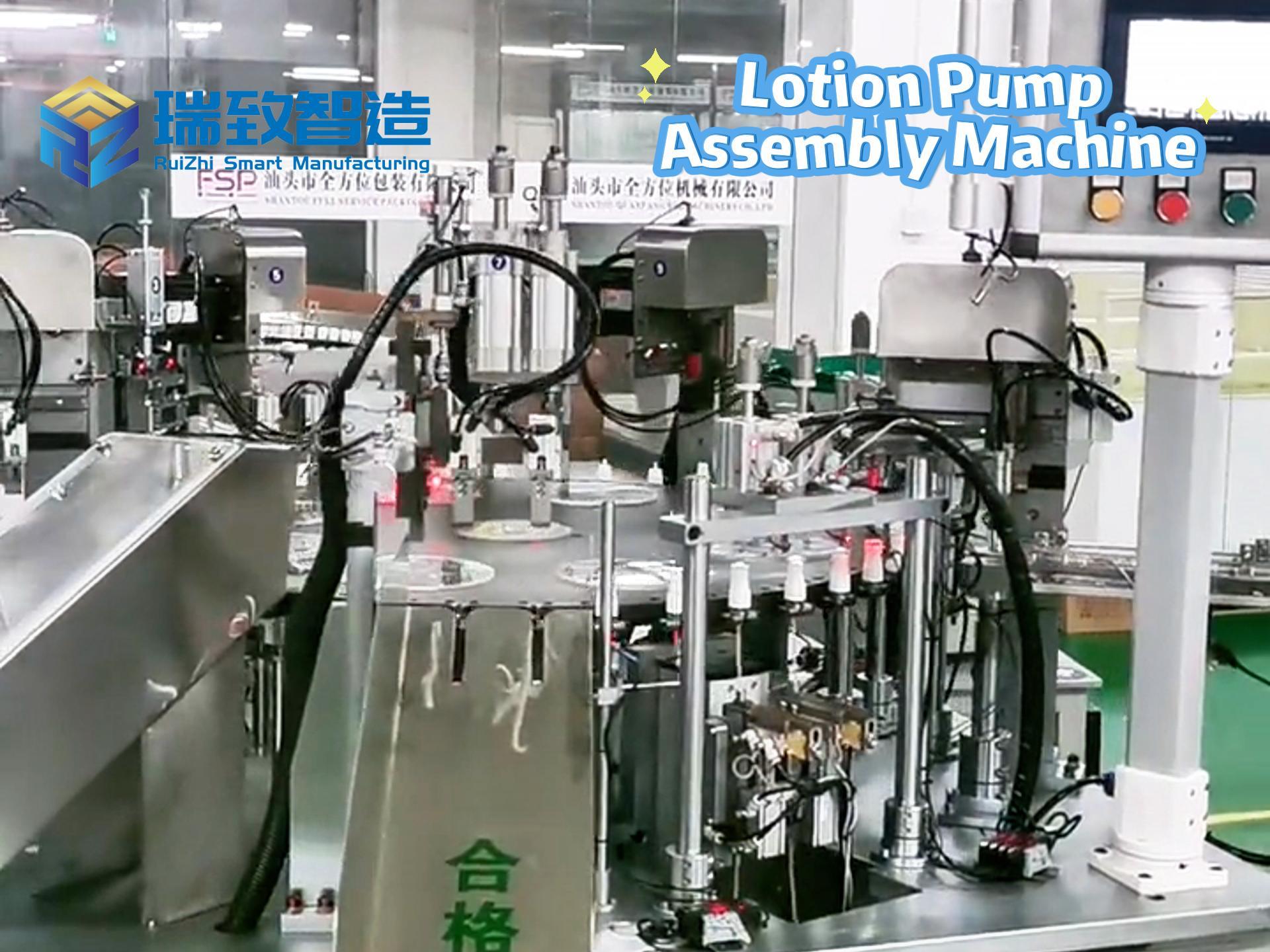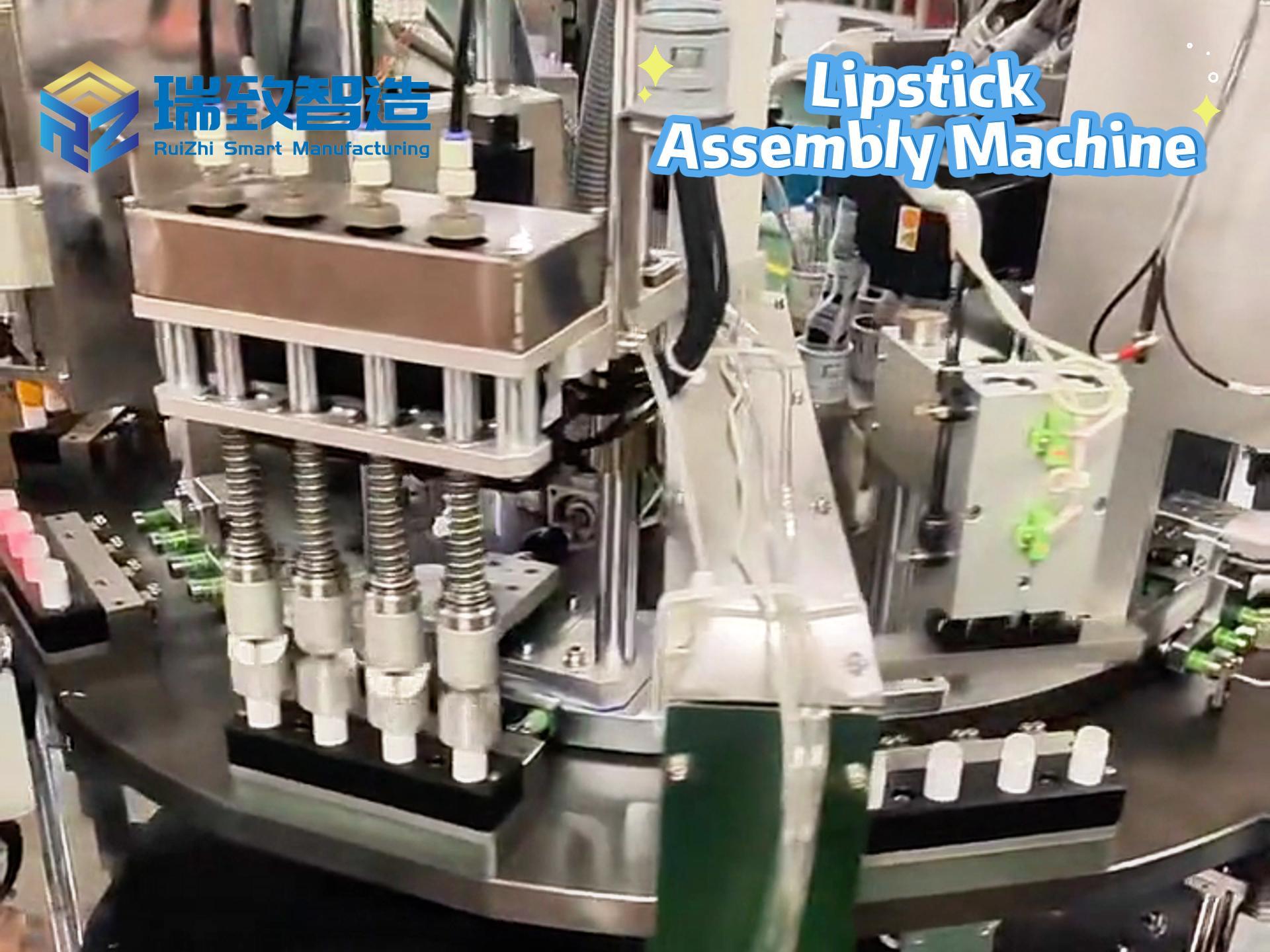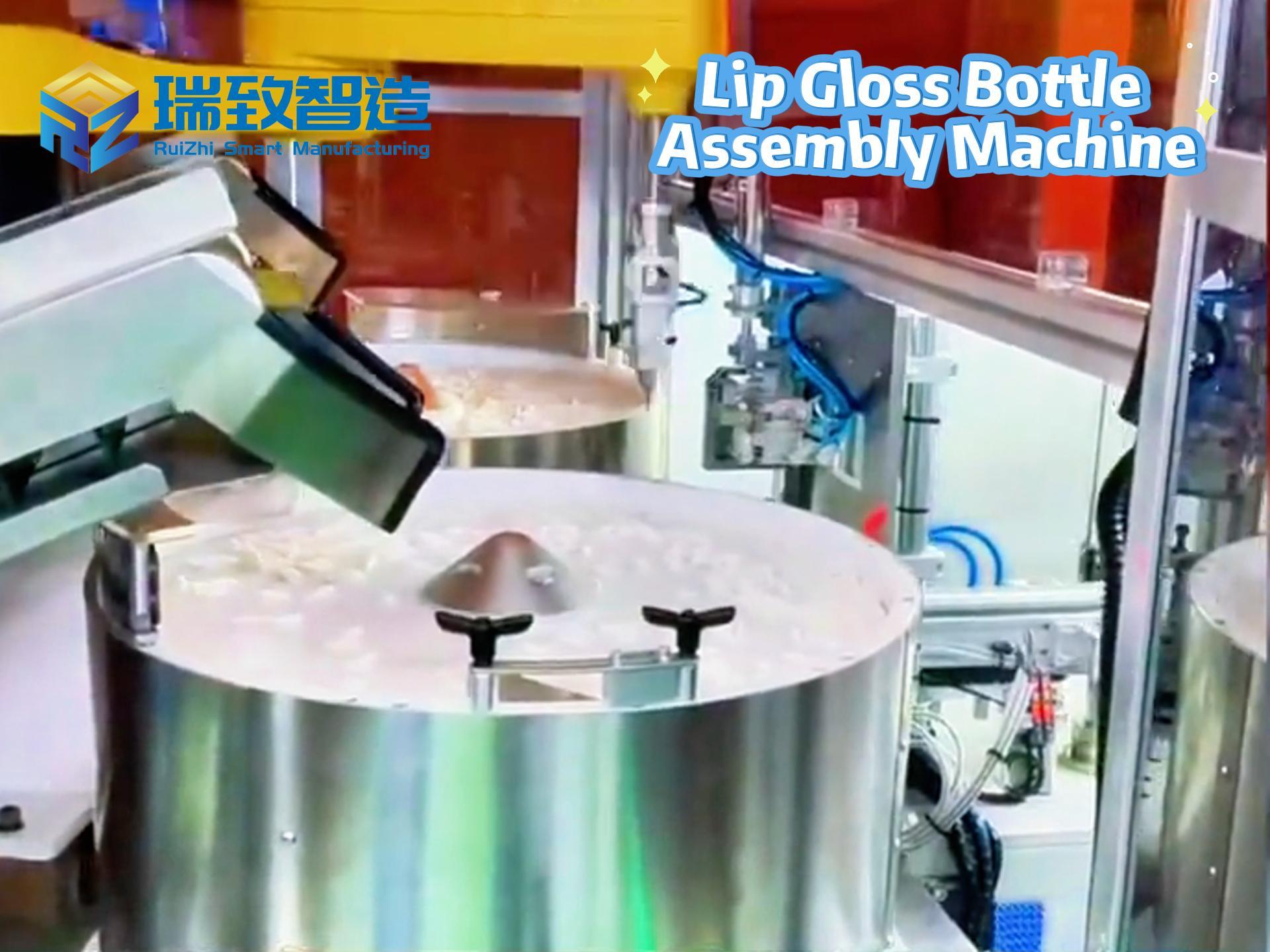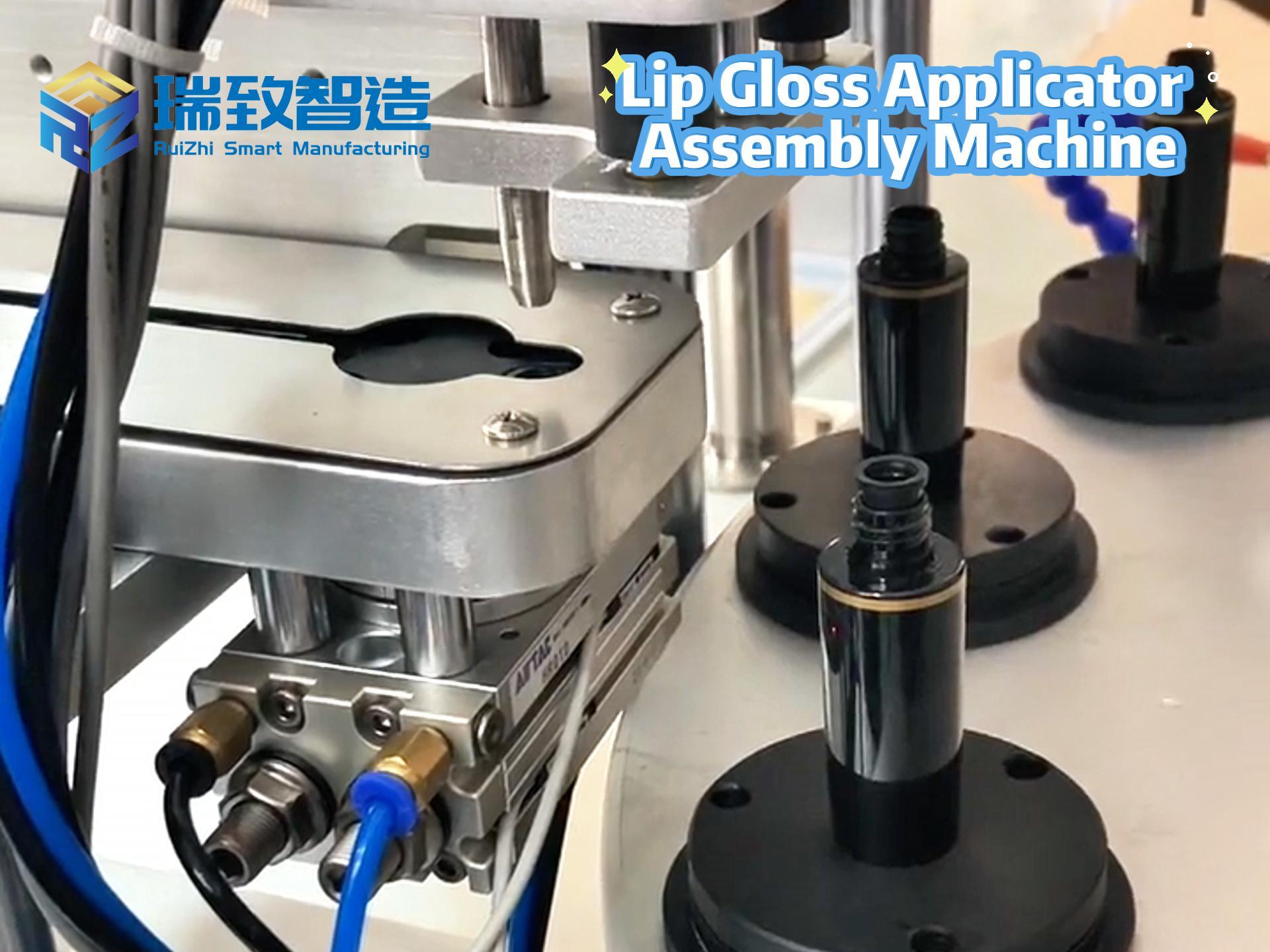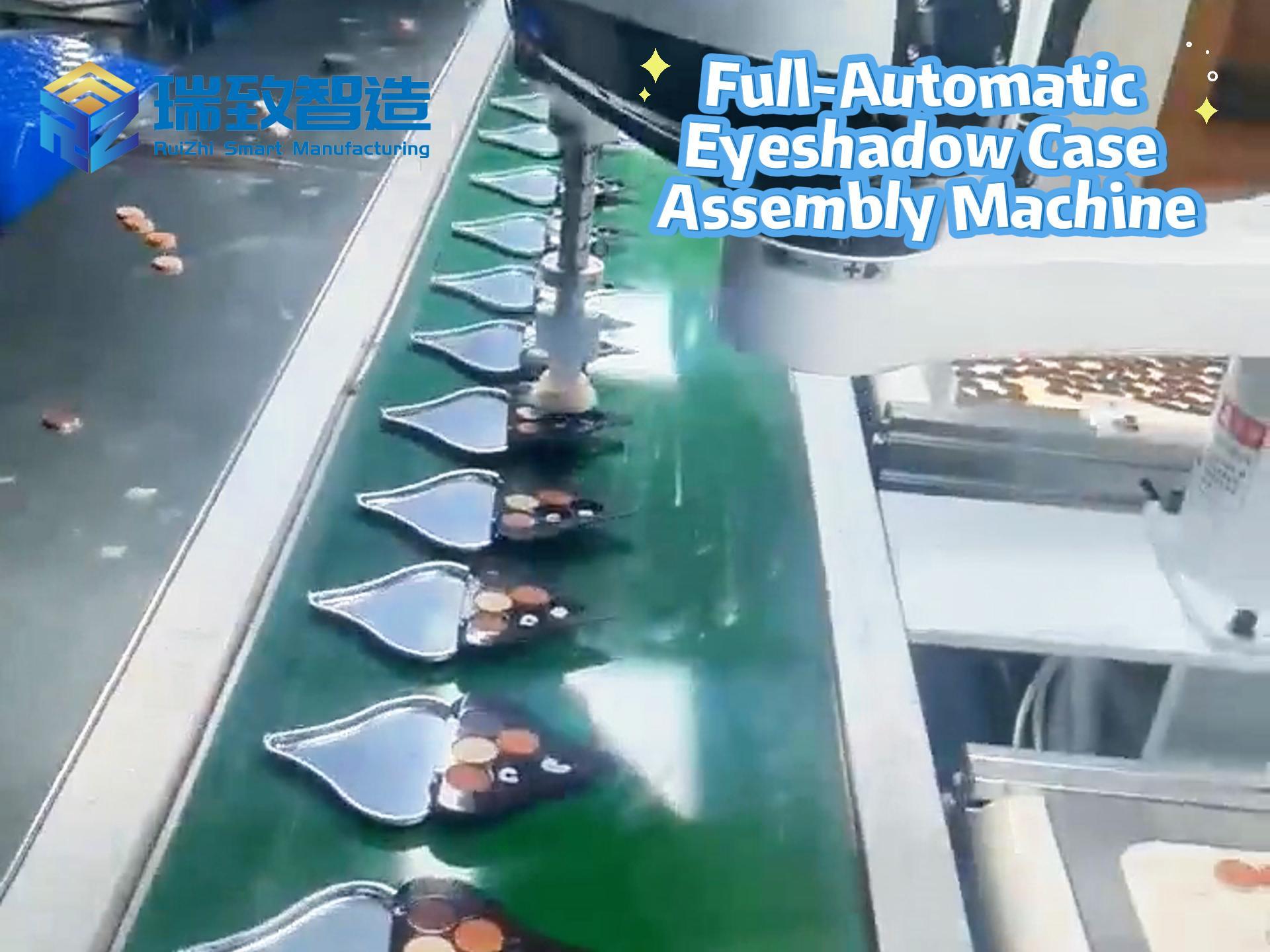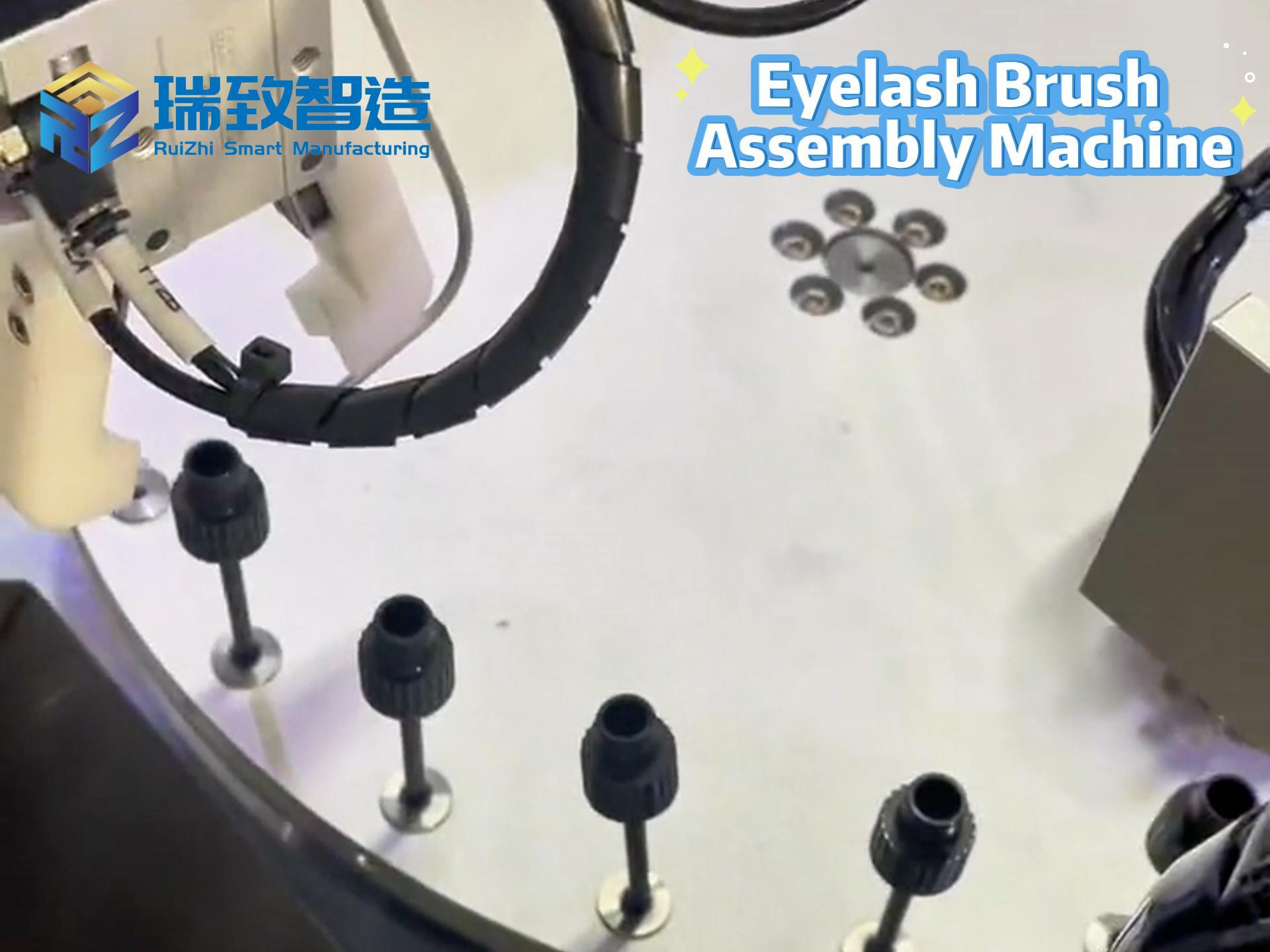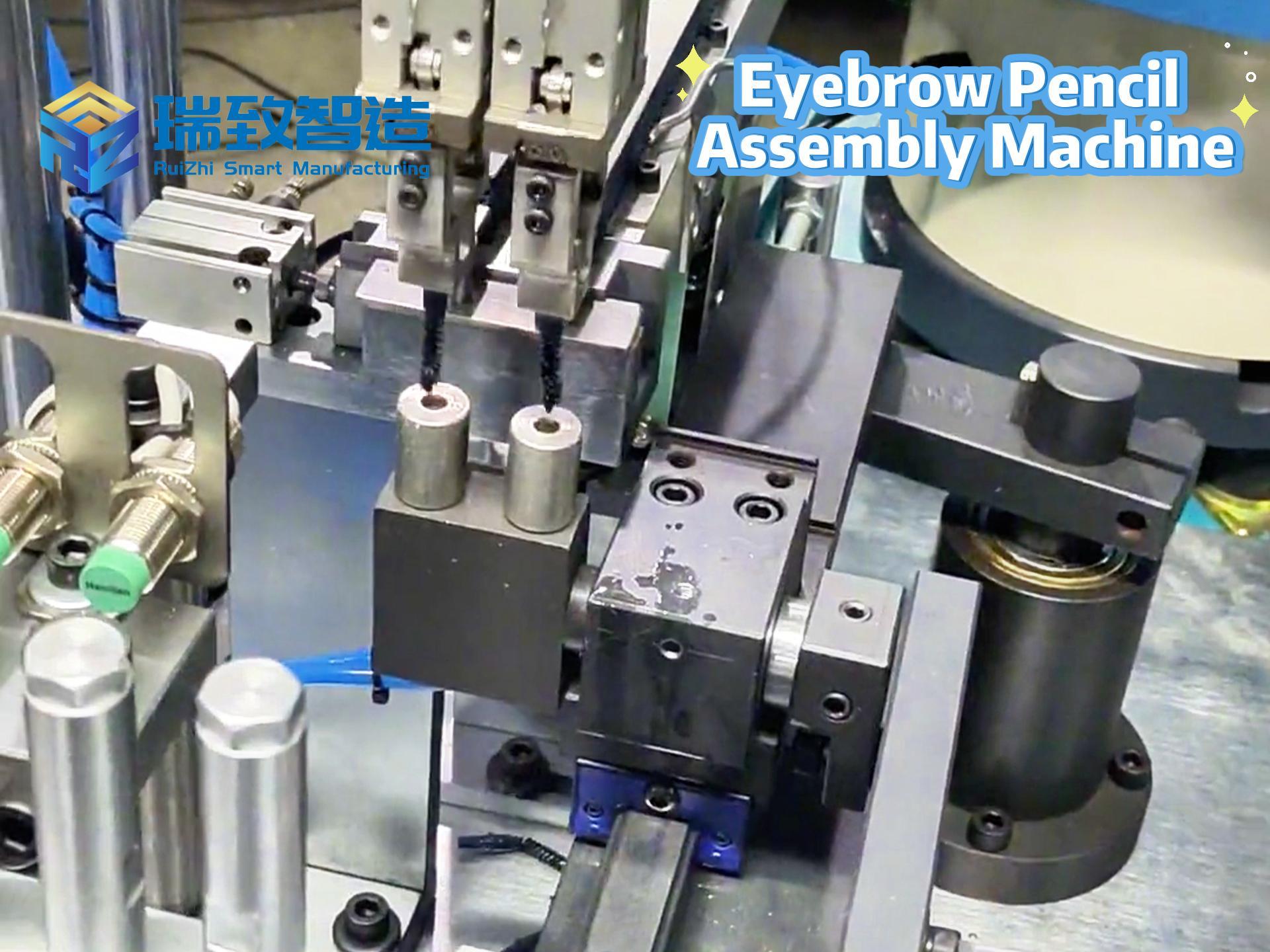Table of Contents
ToggleIs Flexible Automation Too Expensive? Understand After Calculating These 5 Accounts

Scene Spotlight:
At the monthly financial meeting on the 10th, Director Zhang of an electronics factory frowns at the report: last month, 12 small-batch orders increased sales by 15%, but net profit dropped by 3%—overtime pay, material wastage, and equipment idle costs from line changes became bottomless pits, devouring all incremental profits. “Should we invest in flexible automation?” This question has haunted him for half a year.
I. The “Hidden Cost Black Hole” of Traditional Production Lines—Have You Calculated It?
1. Changeover Loss: The Neglected “Time Cost Tax”
- Direct Cost: Each line change requires 2-4 hours of downtime. Calculated at a production line output value of 5,000 yuan per hour, annual losses reach 300,000-600,000 yuan (based on 20 line changes monthly);
- Indirect Cost: Material waste from first-piece debugging after line changes (e.g., an auto parts factory wastes 10-20 parts each changeover, unit price 50 yuan, annual loss 60,000-120,000 yuan);
- Opportunity Cost: Urgent orders lost due to slow changeovers (e.g., a factory missed 7 urgent orders last year, totaling 20 million yuan in losses).
2. Capacity Mismatch: “Burning Money” in Off-Season, “Bleeding” in Peak Season
- Off-Season Idle: Equipment idles for 10 days monthly, with depreciation + maintenance fees of 800,000 yuan, annual idle cost 9.6 million yuan;
- Peak Season Overload: Overtime work causes defect rates to soar (from 1.2% to 4.7%), with rework costs increasing from 3% to 15%. A 3C OEM factory suffered over 1 million yuan in rework losses in a single peak-season month.
3. Quality Costs: Real Money Behind “Close Enough”
- Poor consistency in manual operations: A food factory’s small-batch order complaint rate is 3 times that of large batches, with annual after-sales compensation + brand losses exceeding 2 million yuan;
- Traditional inspection has a missed defect rate of 0.8%. An electronics factory incurred 500,000 yuan in losses from a batch return due to component mixing.
II. How to Calculate “Overt Input” vs “Hidden Returns” of Flexible Automation?
1. Overt Input: Phased “Quantifiable Costs”
| Transformation Stage | Equipment Investment (10K yuan) | Software Investment (10K yuan) | Personnel Training (10K yuan) | Cycle |
| Workstation-Level (Sorting/Assembly) | 10-30 | 5-15 | 2-5 | 1-3 months |
| Production Line-Level (Multi-Workstation Interconnection) | 100-500 | 50-150 | 10-30 | 3-6 months |
| Factory-Level (Digital Twin) | 500+ | 300+ | 50+ | 6-12 months |
| Note: After government subsidies (e.g., 30% in a certain province), actual investment can be reduced by 20%-50%. |
2. Hidden Returns: Visible Profit Growth Within 3 Years
- Efficiency Improvement: Changeover time reduced from 2 hours to 8 minutes, increasing annual effective production time by 400-800 hours. Calculated at 5,000 yuan per hour, annual output value increases by 2-4 million yuan;
- Cost Reduction: Defect rate reduced by 60% (e.g., from 4% to 1.6%), annual rework cost savings of 1-3 million yuan;
- Order Expansion: Capacity for small-batch orders doubled (e.g., from 10 orders monthly to 20), with annual profit increase of 2.4 million yuan based on 20,000 yuan profit per order.
III. ROI Calculation Formula: 3 Steps to Decide “Whether to Invest”
Formula 1: Annual Total Cost Comparison
- Traditional production line annual total cost = Fixed costs (depreciation + site) + Variable costs (labor + materials + wastage) + Opportunity costs (order losses)
- Flexible production line annual total cost = Transformation amortization (calculated over 5 years) + Operation and maintenance costs (consumables + software service fees) + Labor optimization costs (job transfer training)
Case Study: An Auto Parts Factory
- Traditional line annual total cost: 12 million yuan (fixed) + 8 million yuan (variable) + 5 million yuan (opportunity) = 25 million yuan
- Flexible line annual total cost: 6 million yuan (amortization) + 3 million yuan (O&M) + 1 million yuan (labor) = 10 million yuan
Annual cost savings: 15 million yuan, transformation investment: 5 million yuan, payback in 10 months
Formula 2: Order Break-Even Point Calculation
Project is feasible when (flexible line single-order cost – traditional line single-order cost) × annual order volume > transformation investment
Example: Single-order cost reduced by 20 yuan, 50,000 more orders annually, annual revenue 1 million yuan, transformation investment 3 million yuan, payback in 3 years
Formula 3: “Accelerated Payback” Considering Policy Dividends
Government subsidy policies in many regions:
- 30% subsidy on equipment investment (e.g., 1 million investment, 300,000 subsidy);
- Special technical transformation loans (interest rate <3%, term 5 years);
- Tax relief (100% additional deduction for R&D expenses).
After subsidies, a factory’s actual investment dropped from 5 million to 3.5 million yuan, payback period shortened from 18 to 12 months.
IV. Decision References for Enterprises of Different Sizes
1. Small and Micro Enterprises (Annual Output Value <50 Million Yuan)
- Suggestion: Start with workstation-level transformation (e.g., flexible sorting robots, 200,000 yuan investment) to solve pain points of “slow changeover and high errors”;
- Returns: Changeover time reduced by 50%, small-order acceptance increased by 30%, annual profit improved by 500,000-800,000 yuan, payback in 4-6 months.
2. Medium-Sized Enterprises (Annual Output Value 50 Million-500 Million Yuan)
- Suggestion: Promote production line-level transformation (e.g., flexible assembly line, 3 million yuan investment), unify MES system for dynamic scheduling;
- Returns: Capacity utilization increased from 55% to 85%, annual cost savings of 2-3 million yuan, payback in 12-18 months.
3. Large Enterprises (Annual Output Value >500 Million Yuan)
- Suggestion: Deploy factory-level flexibility (digital twin + intelligent warehousing, investment >10 million yuan), build multi-base collaboration networks;
- Returns: Overall OEE increased by 30%, annual output value increased by >50 million yuan, payback in 2-3 years, with long-term competitiveness (e.g., rapid response to overseas customized orders).
V. Pitfall Avoidance Guide: Don’t Waste These 3 Costs!
1. Avoid Blind Pursuit of “One-Step Perfection”
- A hardware factory initially invested 8 million yuan in full-plant transformation, but due to process adaptation issues, equipment idle rate reached 40%. Phased transformation (pilot first, then replication) has a 70% higher success rate.
2. Choose “Industry-Expert” Integrators
- Prioritize suppliers with experience in similar projects (e.g., 3C industry suppliers familiar with SMT processes, automotive industry suppliers experienced in welding lines) to avoid “one-size-fits-all solutions” (a factory spent an extra 1.5 million yuan on secondary development of a generic MES).
3. Calculate “Human Resource Redistribution” Costs
- Reserve 10%-15% of the budget for employee training (e.g., 30 days of full-time training for operators transitioning to maintenance personnel). A factory ignored training, leading to a 20% increase in equipment failure downtime, outweighing benefits.
VI. Real Peer Comparison: How Big is the Gap After 3 Years?
| Dimension | Unmodified Enterprise (Factory A) | Modified Enterprise (Factory B) | Gap Multiple |
| Small-order Proportion | 20% | 60% | 3 times |
| Equipment Utilization | 50% | 85% | 1.7 times |
| Net Profit Margin | 8% | 18% | 2.25 times |
| Risk Resistance | 2-month shutdown during pandemic | Full production recovery in 2 weeks | — |
Data: According to the 2024 Smart Manufacturing White Paper, enterprises that have implemented flexible automation have seen average revenue growth of 45% and profit growth of 62% within 3 years, while unmodified enterprises have seen average profit declines of 12% over the same period.
Take Action Now: 3 Steps to Start “Cost Counterattack”
- Scan the code to get the Flexible Automation Cost Calculation Form(including Excel template, auto-calculate ROI by inputting enterprise data);
- Schedule a free factory diagnosis (senior engineers visit to assess the 3 most costly pain points);
- Attend an industry salon (on XX day next month, sharing how a factory tripled small-order profits with flexible production lines).
While your competitors hesitate over “unclear accounts,” smart enterprises have already used the strategy of “overt investment for hidden returns, short-term costs for long-term competitiveness” to create generational gaps in the cost battlefield. The next issue, Flexible Automation Selection Pitfalls: Overpaid for Equipment? These 5 Parameters Must Be Understood, will teach you to avoid suppliers’ (sales traps) and achieve more with less!
(Follow now to get more practical toolkits)
#automated injection moulding #automatic parts feeding #injection molding feeder

